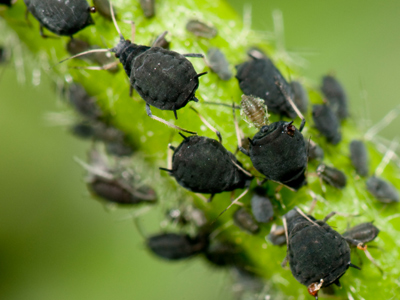
Living Things - Minibeasts and Micro-Habitats
This quiz addresses the requirements of the National Curriculum KS1 Science for children aged 5 and 6 in years 1 and 2. Specifically this quiz is aimed at the section dealing with living things, micro-habitats and minibeasts.
Where living things are found is called their habitat. It’s not just big animals that need somewhere to live. Mini-beasts need a home too. We call their homes micro-habitats. At school have you gone looking for mini-beasts? Have you looked under stones? Have you looked under bushes? Have you looked under logs? Have you looked for mini-beasts at home? What have you found out? Where do these tiny animals like to live? What is the micro-habitat of these tiny, but living, things?
Ready for more?
not all...
quizzers. Try to win a coveted spot on our Hall of Fame Page.

















